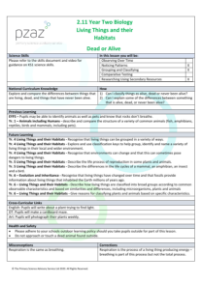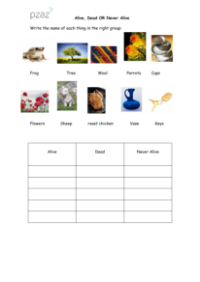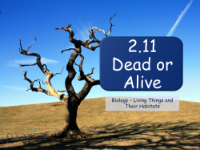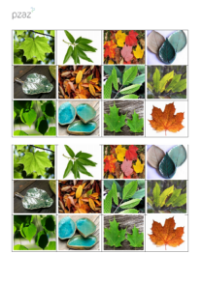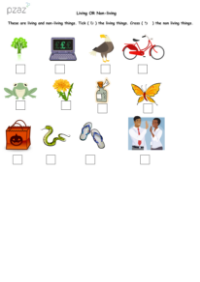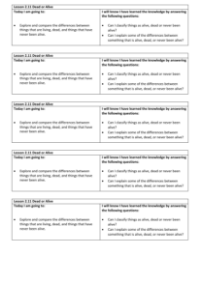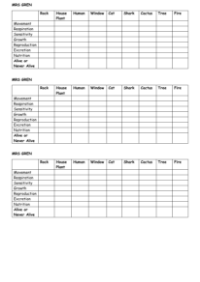Dead or Alive - Teacher Explanation

Science Resource Description
Welcome to Lesson 2.11, "Dead or Alive?" part of the Year 2 Unit on Living Things and their Habitats. This lesson meets the national curriculum's requirement for pupils to differentiate between living, dead, and non-living things. It includes outdoor learning, so teachers should follow the school's policy for outdoor activities and ensure pupils avoid contact with dead animals and are mindful of plant allergies. After handling plants or soil, handwashing is essential. The lesson offers cross-curricular opportunities, such as storytelling in English, creating a plant maze in Design and Technology (DT), and photography in Art. The acronym Mrs. Gren is introduced to help children understand the characteristics of living things—Movement, Respiration, Sensitivity, Growth, Reproduction, Excretion, and Nutrition. Pupils will use a table to classify objects based on these criteria, aiding in their understanding of what constitutes a living organism.
The practical part of the lesson involves constructing a plant maze to demonstrate plant sensitivity to light. Children will need shoe boxes, cardboard, scissors, a plant pot, tape, seeds (like sunflower seeds), and soil. The maze, with strategically placed cardboard and a hole for light, will show how plants grow towards light sources. Additionally, pupils will complete a Venn diagram to compare and contrast plants and animals, challenging misconceptions such as plants not moving. Another activity involves classifying leaves as alive, dead, or never been alive, with the added twist of discerning the status of detached leaves and ceramic imitations. The final task is a worksheet where pupils determine if items are alive, dead, or have never been alive, further developing their understanding. The lesson is designed to be engaging and educational, ensuring pupils enjoy their learning experience.
